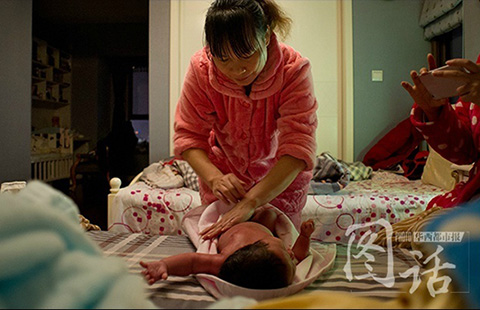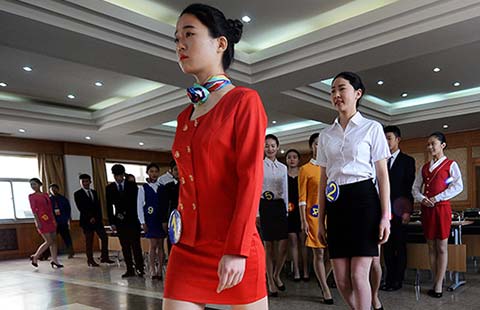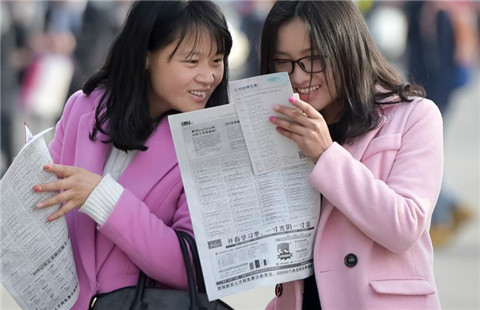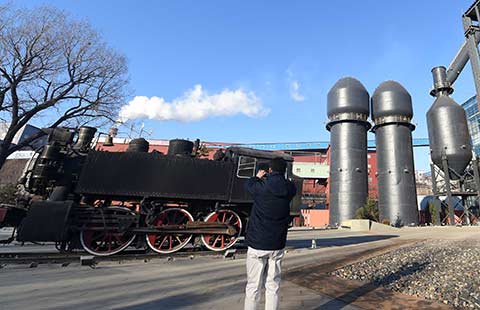Assisted reproductive technology pregnant with new opportunities
By WANG WEN (China Daily) Updated: 2016-02-23 08:12
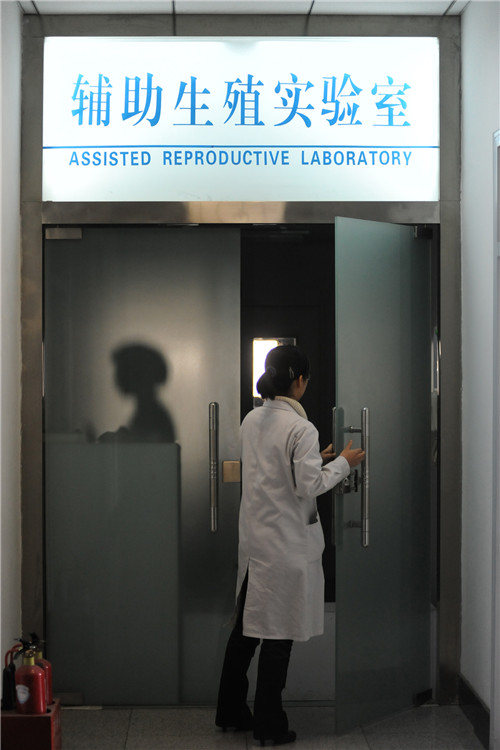 |
|
A medical worker enters an assisted reproductive lab of a sperm bank in Taiyuan, Shanxi province.CHINA DAILY |
Signs have brightened that investments in assisted reproductive services by provincial governments and the private sector will likely increase in anticipation of a surge in demand, following the end of the decades-long one-child policy in October 2015.
Ending the one-child policy alone won't help boost population significantly as many reproductive-age couples are beset with infertility, experts said.
It is said women's chances to become pregnant start to decline from age 35. Similarly, a man's biological ability to father a child begins to decline from age 45.
Some 15 percent of China's reproductive-age couples are believed to be infertile. Age of women is a big factor, said Feng Liuxiang, director of the Guangdong Association for Improving Birth Outcomes and Child Development.
"Many women who would like to have a second child are troubled by the infertility problem nowadays," Feng said.
For such people, assisted reproductive technology is key. Around 25 percent of them could have babies through this method. But, the number of institutions that can provide such services is inadequate in China.
- Flexible growth as structural reform gains steam
- ZTE Mobile aims big in global market with innovation
- Royal Jordanian Airlines will launch new route to Guangzhou in March
- China's new office supply in 2015 sees historically high absorption
- No need for panic about China's economy
- Third batch of FTZ likely to be unveiled after 'two sessions'
- The life of a yuesao
- China sets timetable for rural power grid upgrades
